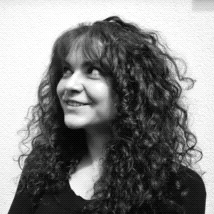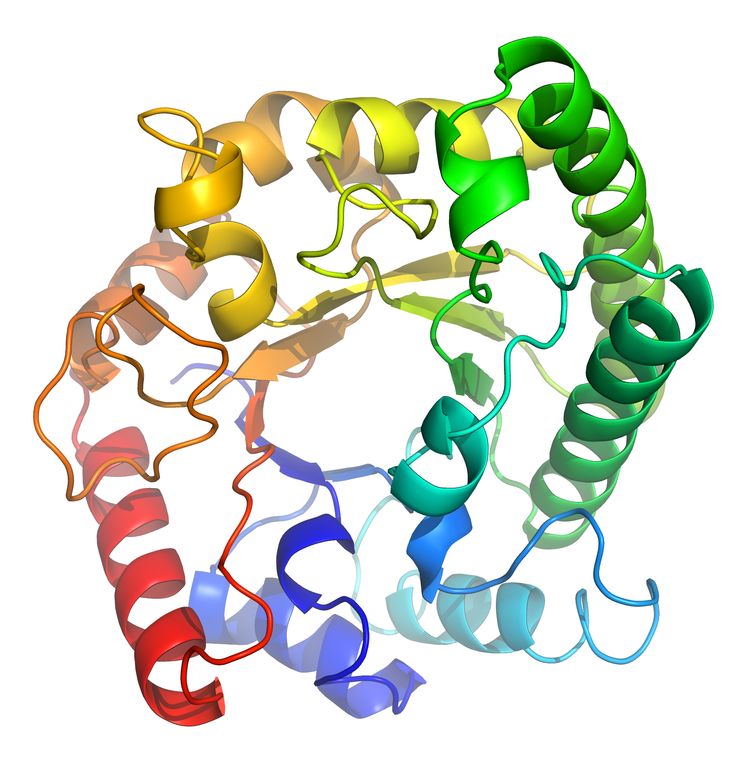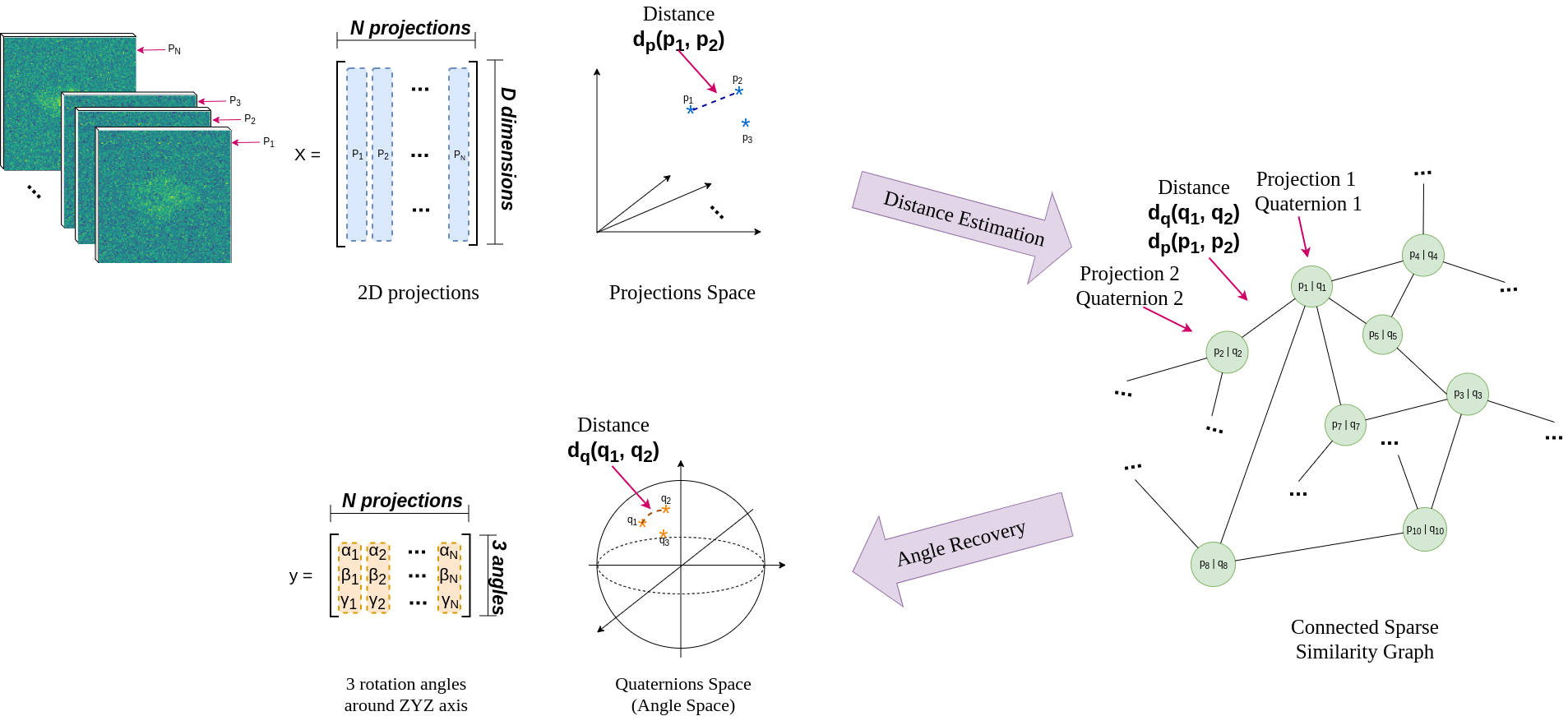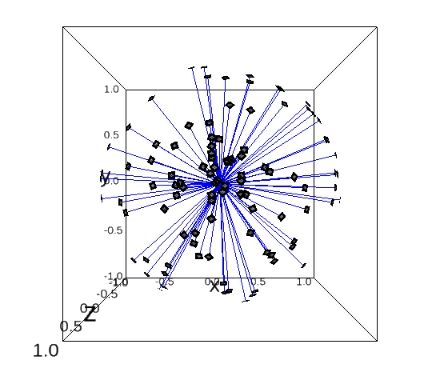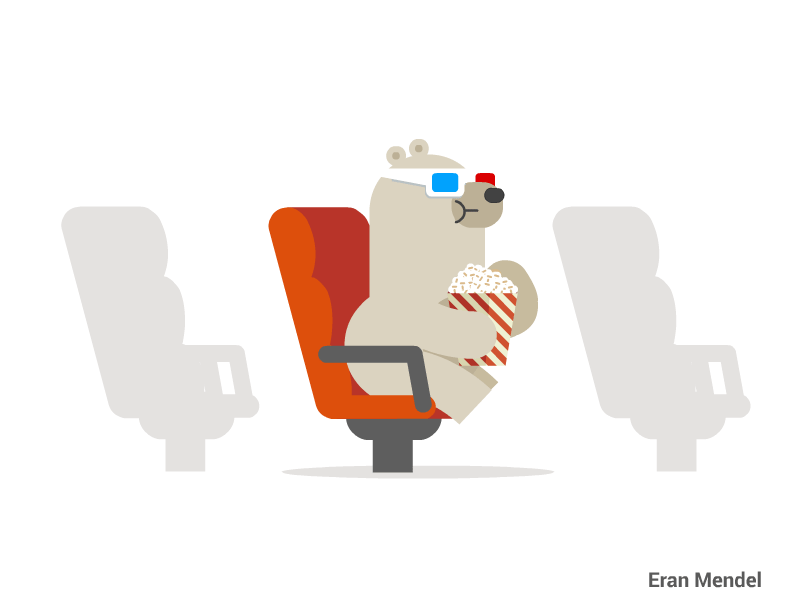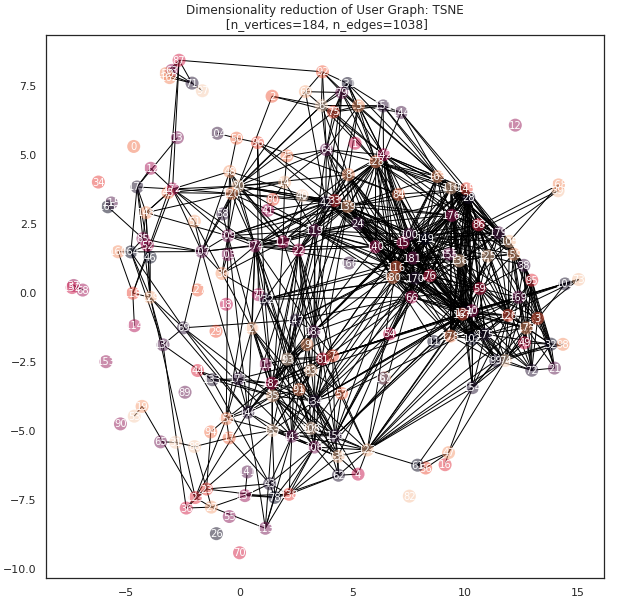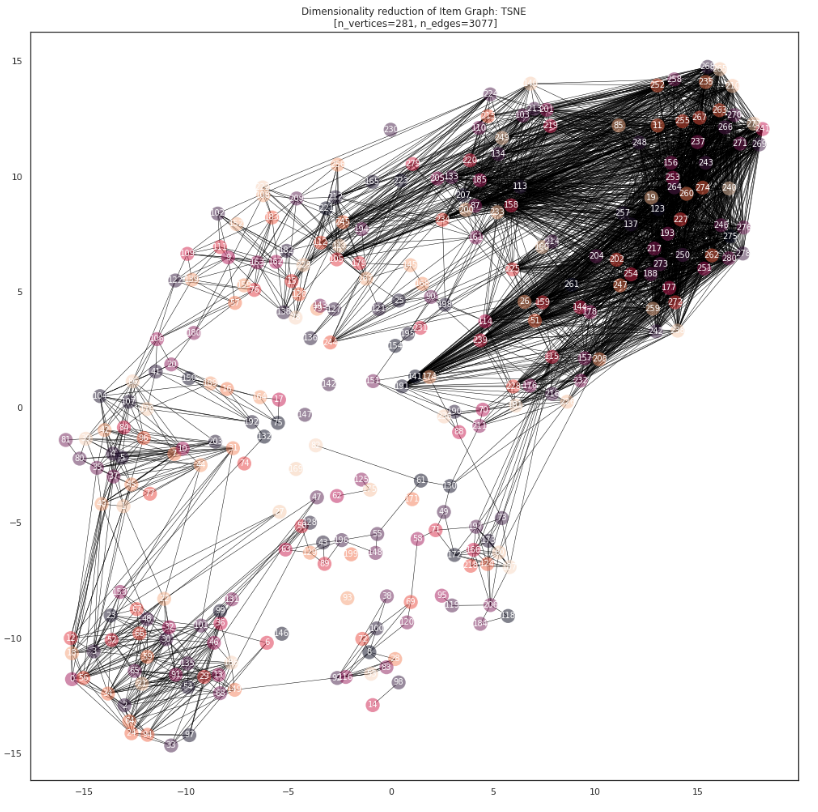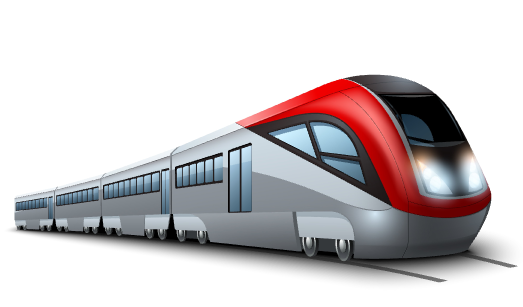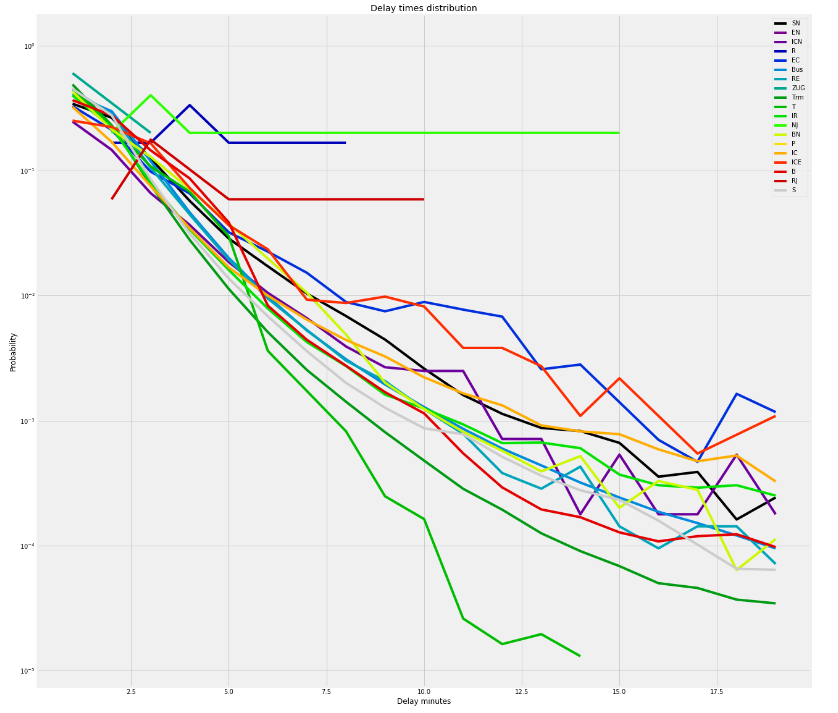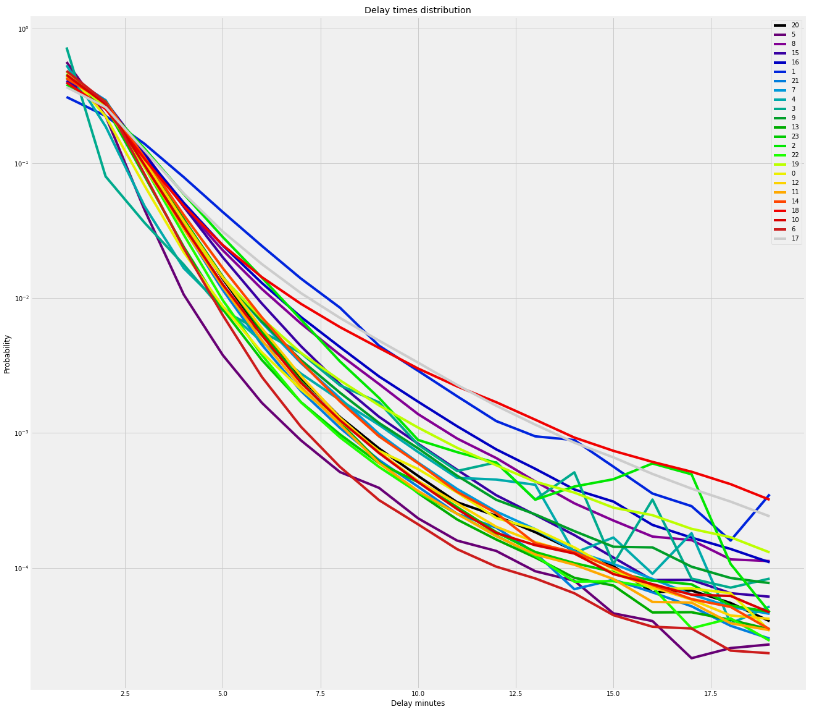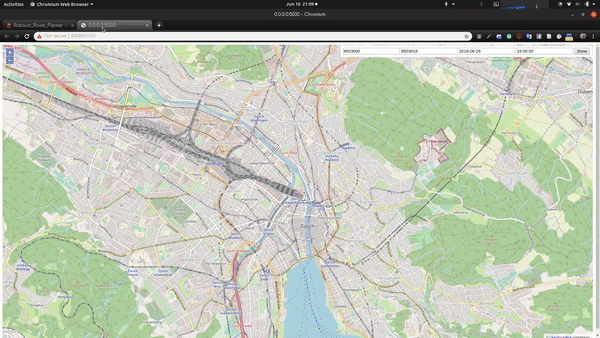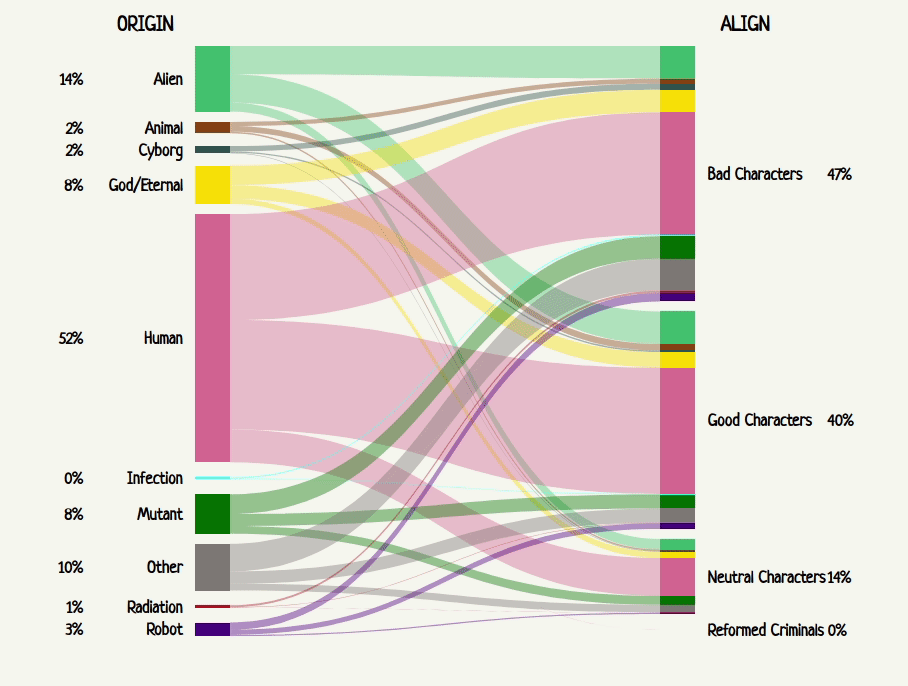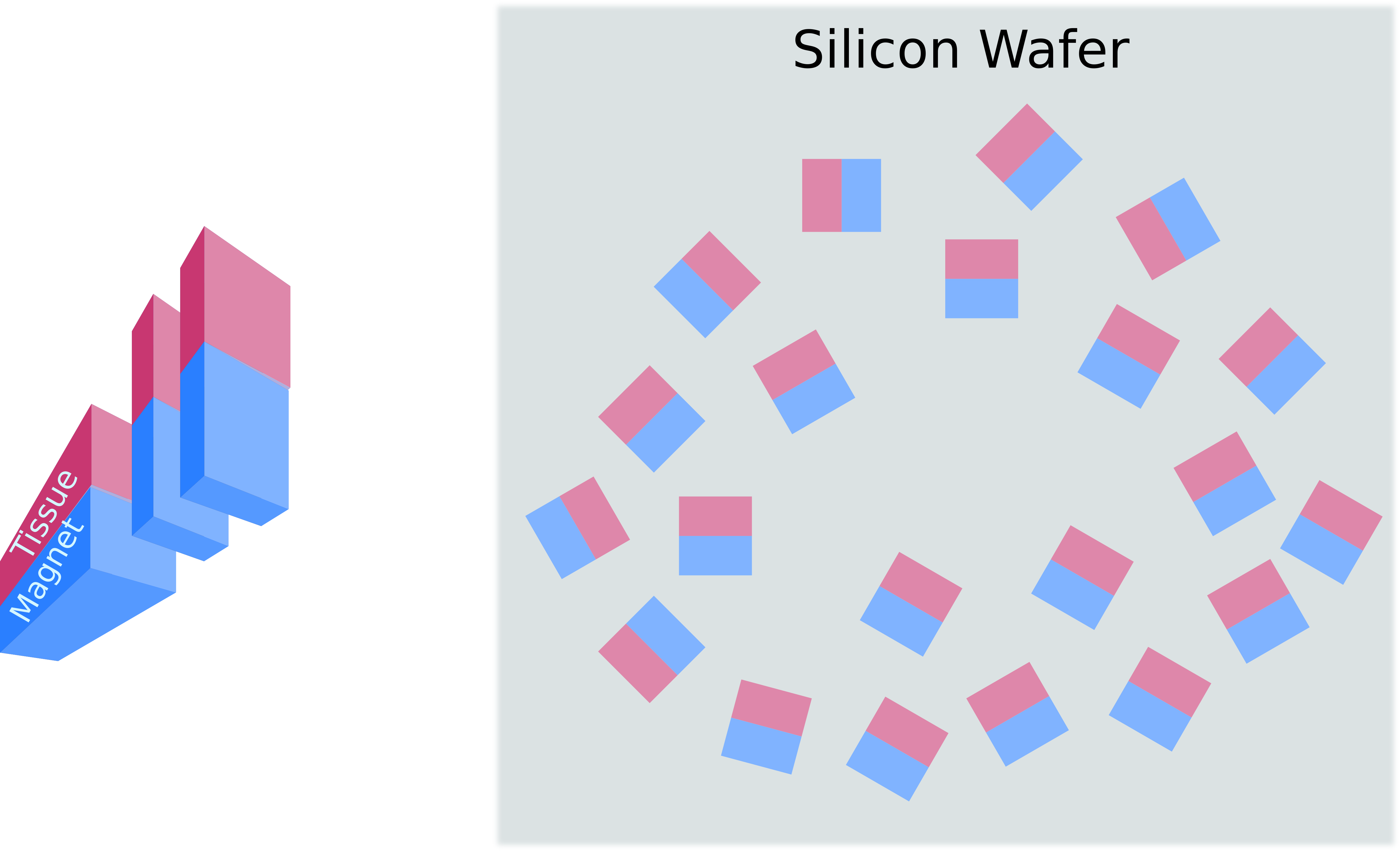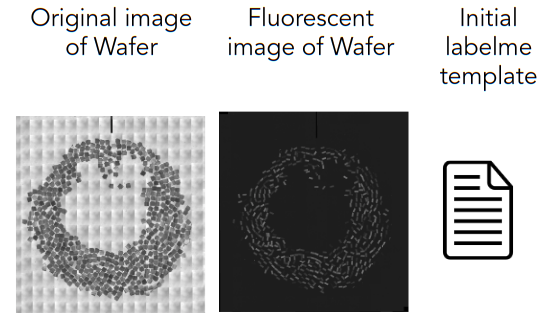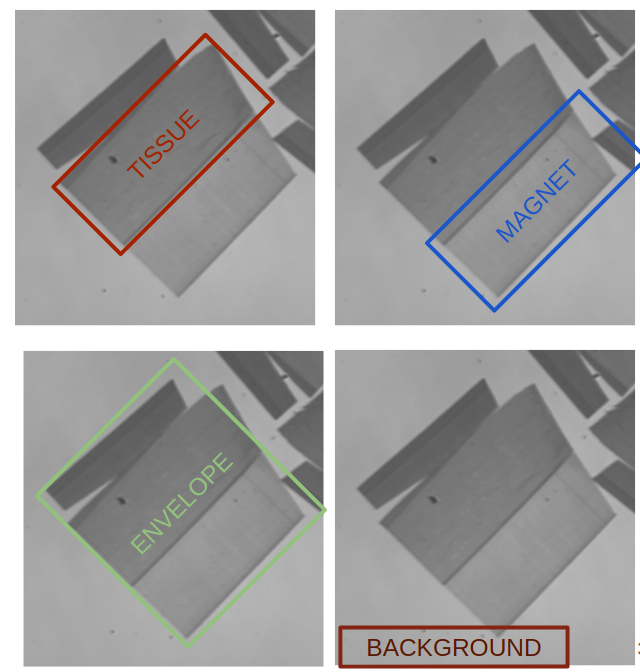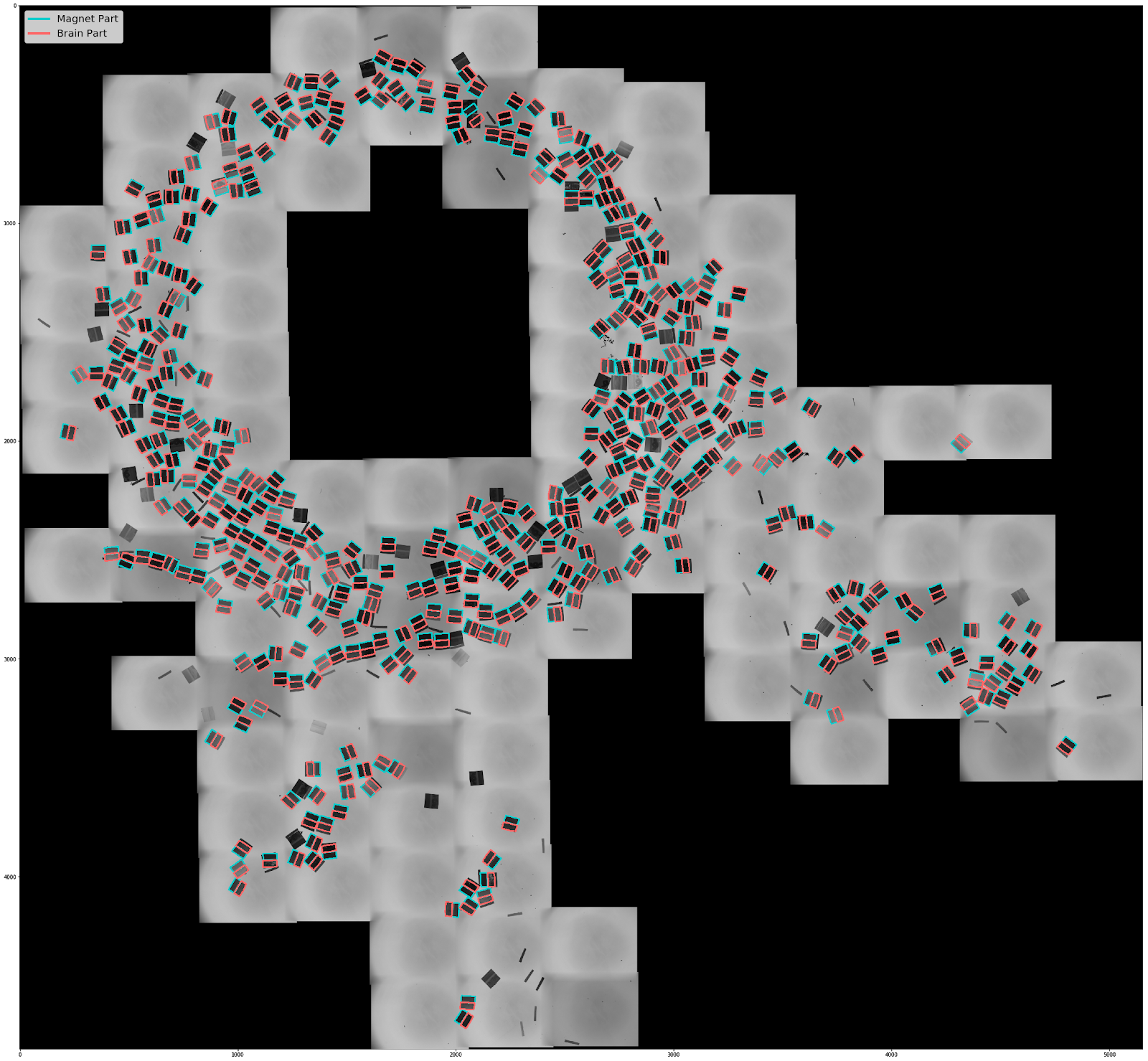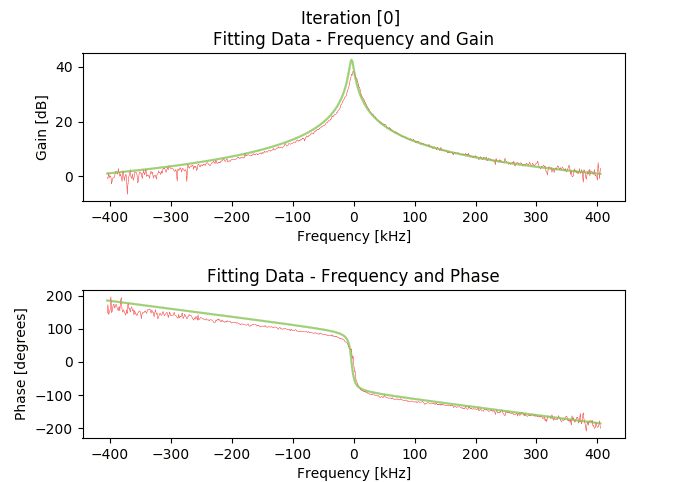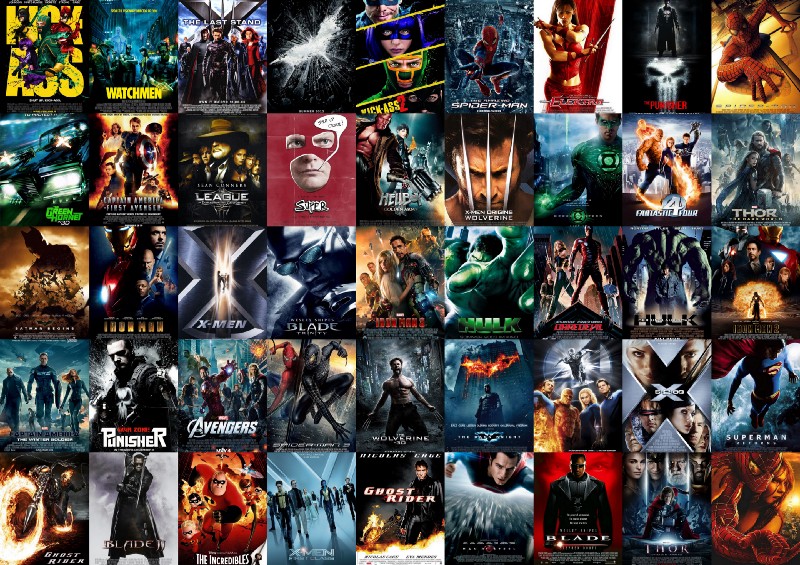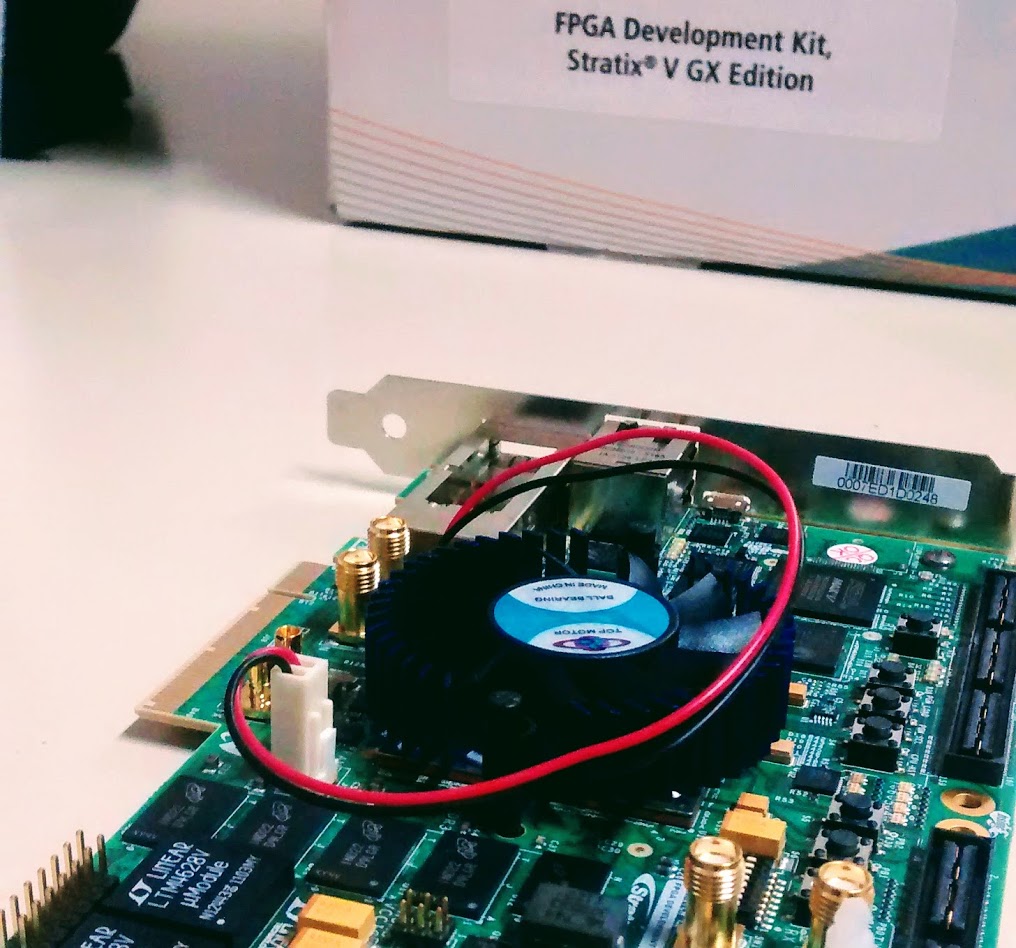Work Experience
| Date | Experience | Location |
|---|---|---|
| Mar 2022 - present |
HTEC Group Data ScientistData Group Project: Optical Character Recognition |
Novi Sad, Serbia (remote) |
| Nov 2021 - Mar 2022 |
Nestlé Data Analyst ConsultantResearch & Development, Host-Microbiome Project: Microbiome Toolbox |
Lausanne, Switzerland (remote) |
| Mar 2021 - Aug 2021 |
Blue Brain Project Deep Learning EngineerMachine Learning & Neuromathematics Project: Deep Learning on Neuronal Morphologies |
Geneva, Switzerland |
| Oct 2020 - Feb 2021 |
Nestlé Bioinformatics AnalystResearch & Development, Host-Microbiome Project: Reconciling geographical differences and determining the impact ofexternal factors on the trajectory of Early Life Microbiome development |
Lausanne, Switzerland |
| Feb 2020 - Jul 2020 |
EPFL Student ResearcherBiomedical Imaging Group (BIG) Project: 3D Poses Recovery in Single-Particle Cryo-EM fromLearned Pairwise Projection Distances |
Lausanne, Switzerland |
| Apr 2017 - Jun 2018 |
CERN Technical StudentBE-RF-FB, LHC Experiment Project: Developing Expert Tools for the LHC |
Geneva, Switzerland |
| Jul 2016 - Sep 2016 |
CERN OpenLab Summer StudentEP-LBC, LHCb Computing Group Project: FPGA Based Data Smoother for Sensor Data |
Geneva, Switzerland |
Education
| Date | Degree | Location |
|---|---|---|
| Sep 2018 - Aug 2021 |
MSc degree, Swiss Federal Institute of Technology (EPFL)Data Science Diploma: Master of Science MSc in Data Science |
Lausanne, Switzerland |
| Jun 2013 - Oct 2017 |
BSc degree, Faculty of Technical Sciences, University of Novi SadSoftware Engineering and Information Technologies Diploma: Bachelor with Honours in Electrical and Computer Engineering (B.El.Comp.Eng) |
Novi Sad, Serbia |
| Jun 2009 - Jun 2013 |
Mathematical Grammar SchoolDiploma: Diploma on completion of secondary education for gifted students |
Belgrade, Serbia |
Publications
Projects
3D Poses Recovery in Single-Particle Cryo-EM from Learned Pairwise Projection Distances
Semester project
Single-particle cryo-electron microscopy (cryo-EM) is a technology that allows the observation and the high-resolution 3D structure determination of biomolecules. In this project, the goal is to estimate the angles at which we imaged the 2D projections from a given 3D protein (cf illustration bellow). We developed deep learning models to estimate the angles from learned pairwise projection distances. We designed a two-step method: 1) distance estimation using a Siamese neural network to learn the distance between pairs of projections, and 2) angle recovery that includes a minimization scheme in order to estimate the angles at which each projection was taken. The current results obtained are discussed depending on different combination of approaches used andexperimental conditions.
– Supervisors: Laurène Donati (BIG, EPFL), Michaël Defferrard (LTS2, EPFL)
– Professor: Michaël Unser (BIG, EPFL)
Movinder: A Movie Recommendation System for Groups
A Network Tour of Data Science course project
Most recommendation algorithms process the preferences of each user, and potentially those of other similar users, to predict other movies they might like. However, watching movies is often a social activity shared by multiple actors, such as a group of friends. The social dimension of watching movies contradicts common approaches that strive to satisfy one user at a time. In this project, we analyse different implementations of a movie recommender system that aims to maximize the collective satisfaction of a group of users. Using the combination of Movielens and IMDb datasets, we simulate the group of friends to train our recommender models. The recommender models implemented and discussed include the following types of networks: Neural Collaborative Filtering (NCF), Neural Graph Collaborative Filtering (NGCF), Siamese Neural Network (SNN) and LightFM models. The obtained results are compared.
– Teammates: Can Yilmaz Altinigne, Sofia Kypraiou, Panagiotis Sioulas
– Supervisors: TAs
Robust Journey Planner
Lab in Data Science course project
How many times have you ever followed religiously the itinerary given by your favourite journey planner until you missed a connection because of a delay or a connection time that was unrealistically short so your whole route was screwed and you had to figure out what to do next? Too many I would guess !
Our goal is to help you in these situations when you find yourself trapped because of a delay that could have been anticipated, and build a robust journey planner that takes into account the probabilities of delays happening depending on several criteria, using past data. In our study, after cleaning data, we computed the probabilities of delays for different routes. Then, we built a connection graph to get access to the reachability of any station pairs, and created a timetable with information about the departure and arrival stations of the input and times for a given day. Finally, we calculate each possible route by using our timetable and connection graph, providing confidence levels with each route.
– Teammates: Serif Soner Serbest, Fatine Benhsain, Asli Yorusun
– Supervisors: TAs
Exploring Comics
Data Visualization course project
Comic books are intended to help many young people experience the first connection with the magical world of books and cinema. As such they have a profound impact on the way the mind, judgment and future preferences of a child develop during their coming of age. At the same time, comic books represent a way to better understand the social, economic and political reality they were created in. While doing this project, we would like to see how comic books were used over time to show opinions and imagination of their creators and we hope our visualization would help in the discussion of the reasons some characters were represented in a certain manner. The main objective would be to create a sequence of the way the representation of good and evil has shifted across time, but also of the ways the culture of diversity became more present in the entertainment industry.
– Teammates: Jelena Malic, Sofia Kypraiou
– Professor: Kirell Benzi
Brain Segmentation
Semester project
Developing software tools for handling magnetically collected ultra-thin sections of brain tissue in a large image to determine section's coordinates. In order to predict these coordinates, the goal was to use state-of-art object instance segmentation framework called Masked Region-based Convolutional Neural Network (Masked R-CNN) on the dataset containing sections of brain tissue in the light microscopy images. The predicted coordinates of the sections will later be used for automated image acquisition in high resolution electron microscope.
– Supervisor: Thomas Templier (CIME, EPFL)
– Professor: Martin Jaggi (MLO, EPFL)
Developing Expert Tools for the Large Hadron Collider (LHC)
CERN Technical Student Project
Developing software tools in Python for automated, precision setting-up of low-power level radio frequency (LLRF) loops, which will help expert users to have better control and faster setting-up of the radio-frequency (RF) system in the Large Hadron Collider (LHC) experiment. The aim was to completely redesign the software architecture, to add new features, to improve certain algorithms, and to increase the automation.
– Supervisor: Helga Timko (BE-RF, CERN)
– Professor: Miroslav Popovic (RT-RK, FTN)
Movie Recommendation System Simulation
Machine Learning course project
The simulation of recommendation system for recommending movies to users, and predicting ratings users could give to movies they have not rated yet. Training models with Item-Based and User-Based K nearest neighbours which belong to Collaborative filtering methods.
– Professor: Vuk Malbasa (FTN)
FPGA Based Data Smoother for Sensor Data
CERN OpenLab Project
Tested to use a sensor smoothing algorithm on an FPGA to directly reduce the noise on raw sensor data in general. Algorithm is implemented on a modern Cyclon V SOC FPGA using HDLs.
– Supervisors: Christian Faerber (EP-LBC, CERN) , Jonathan Machen (IPAG-EU, Intel), Jean-Christophe Garnier (CERN)
